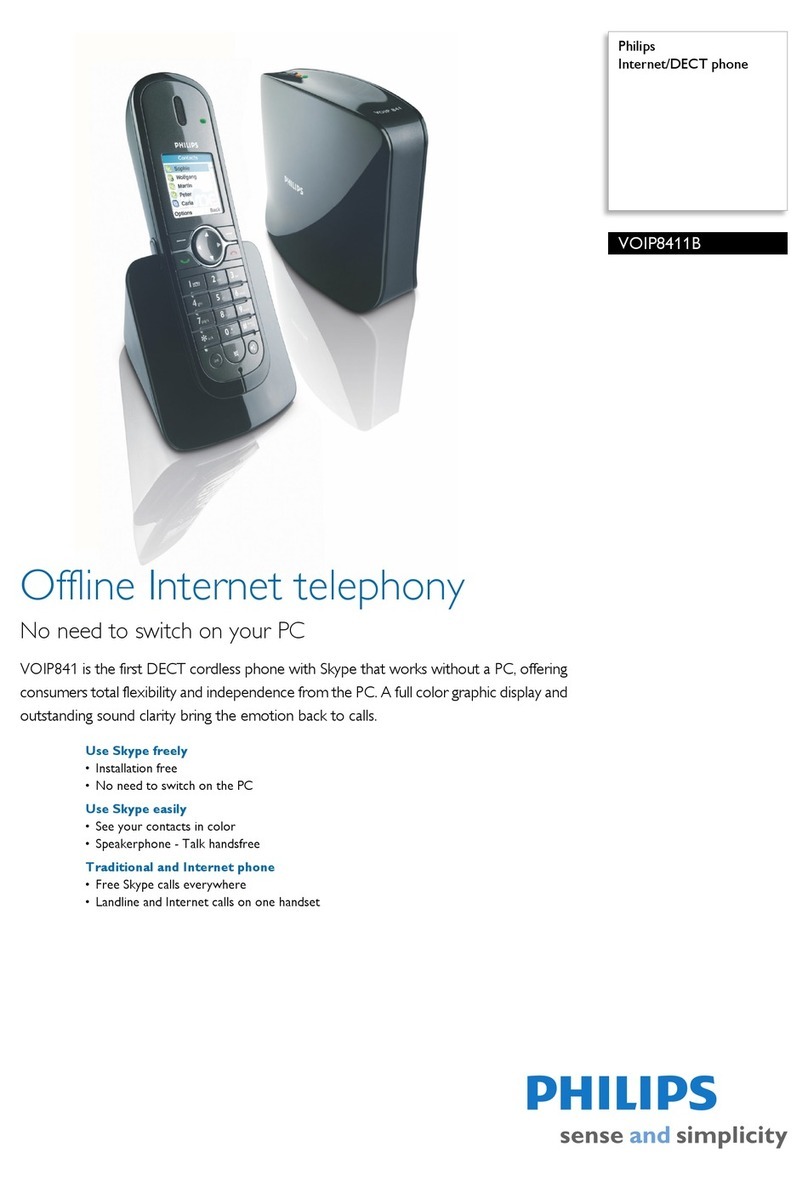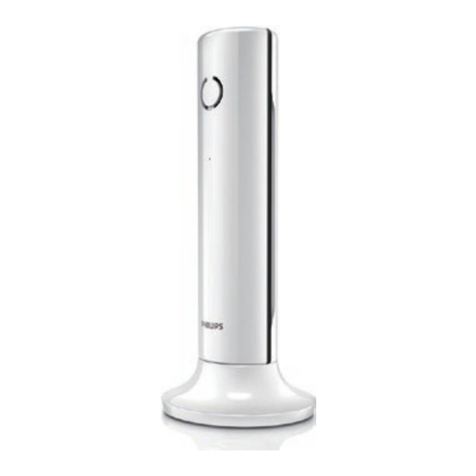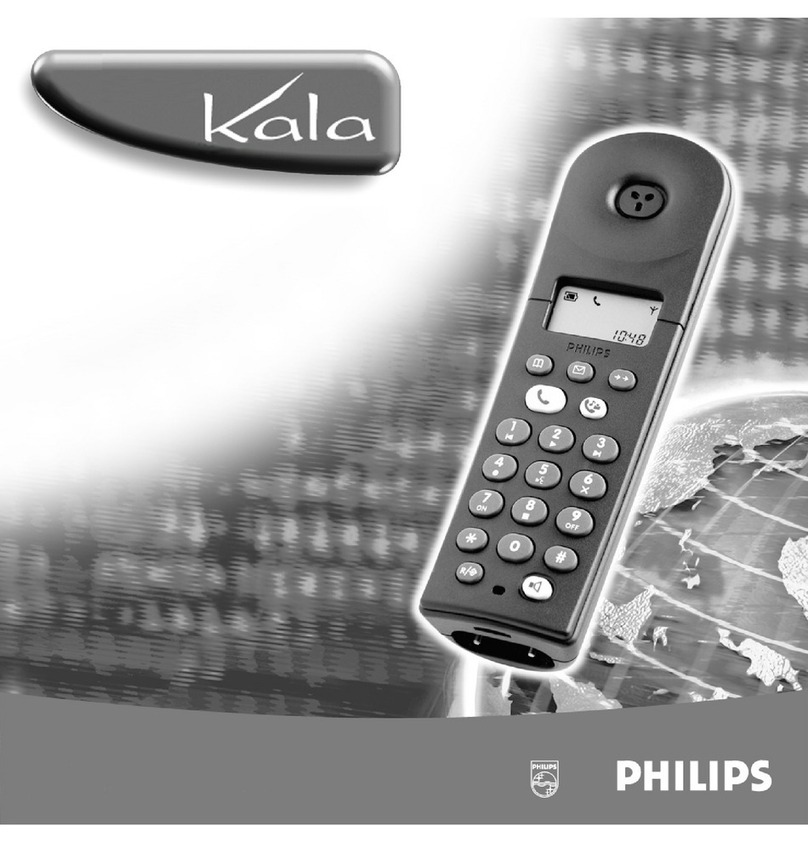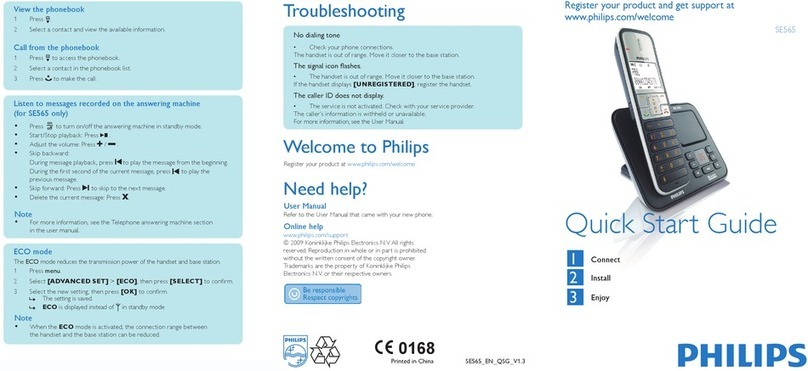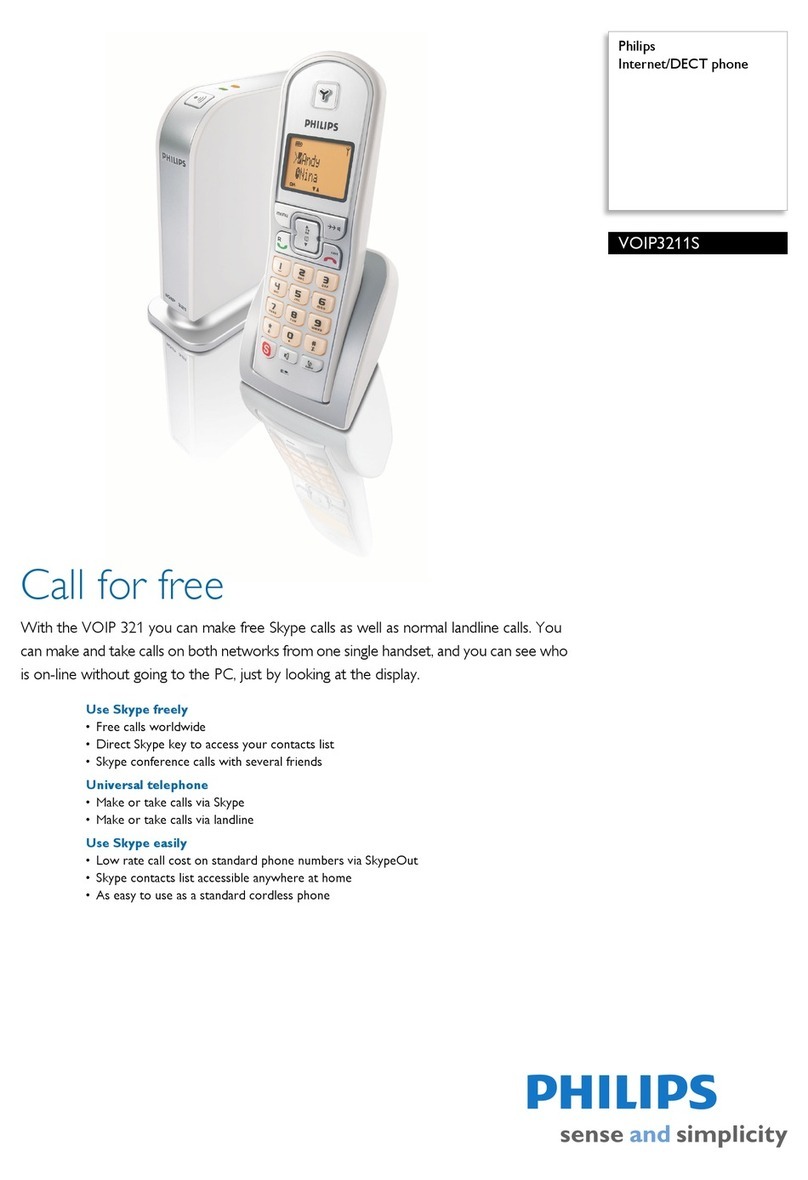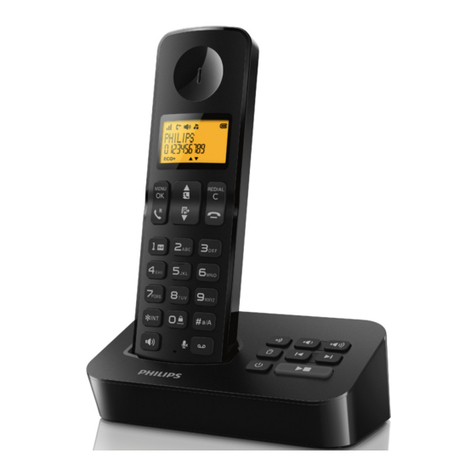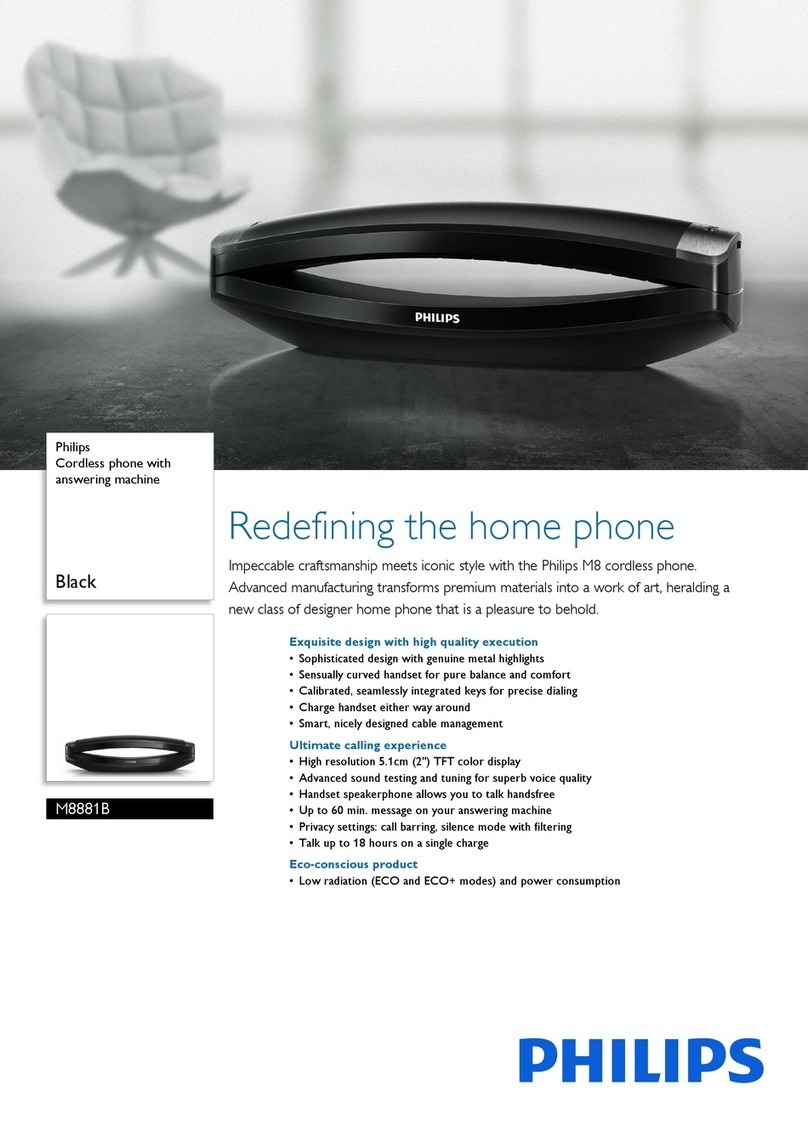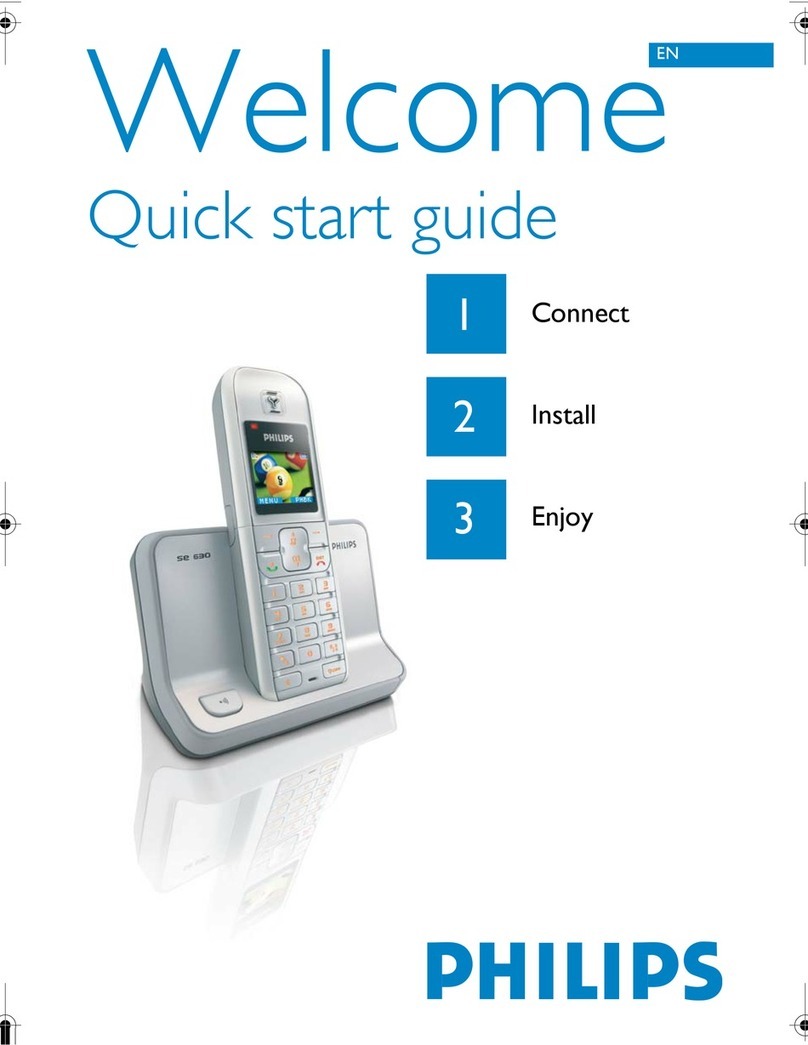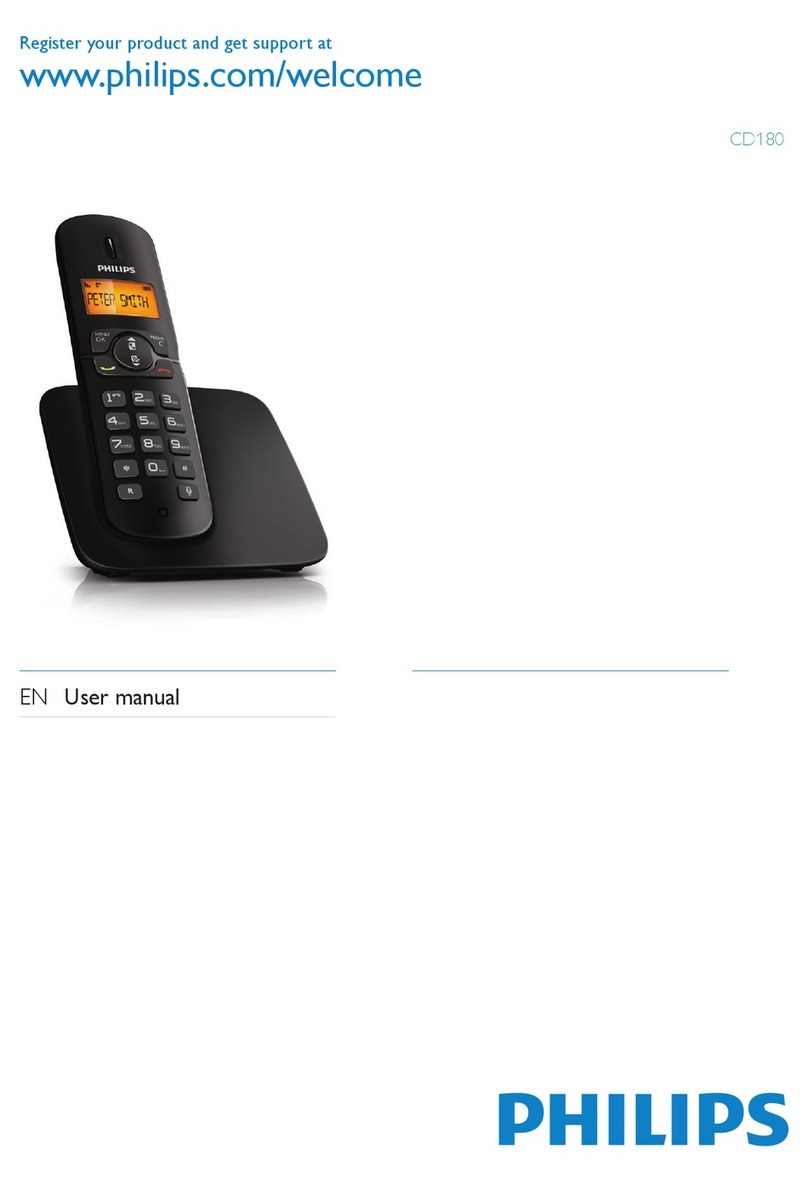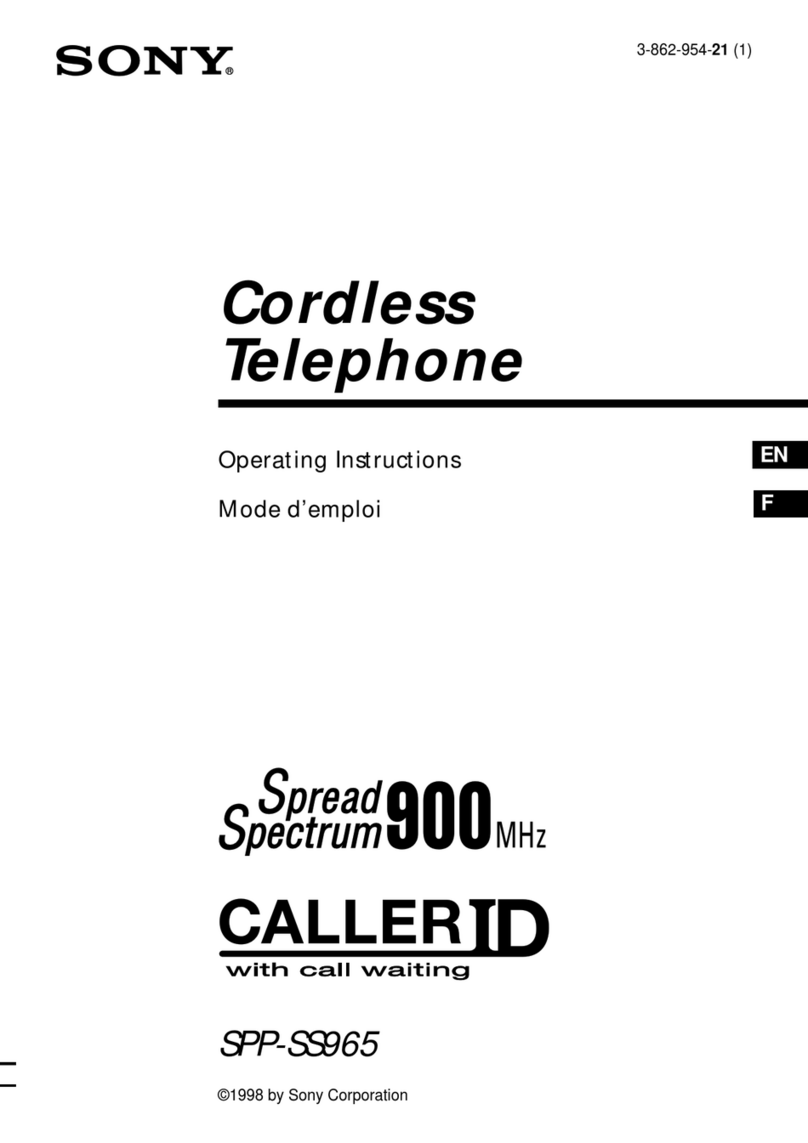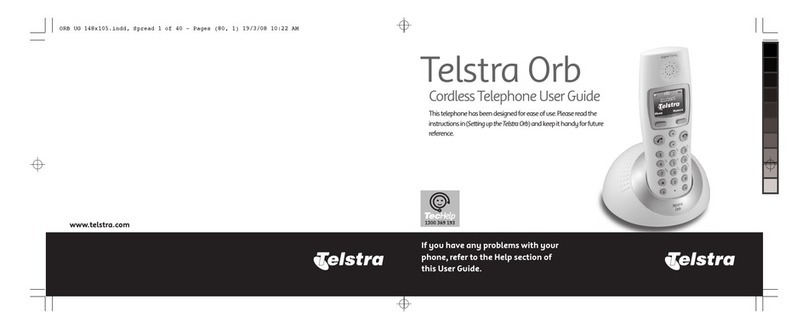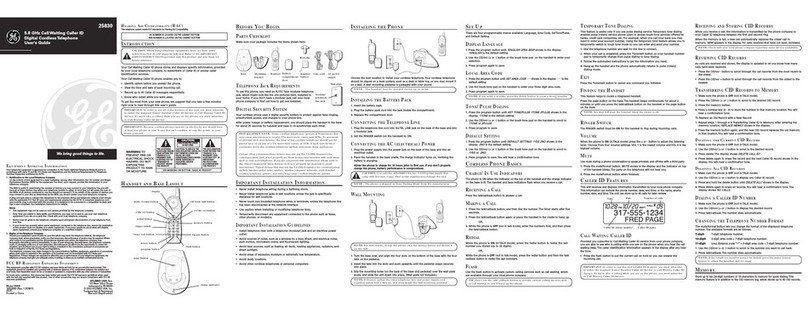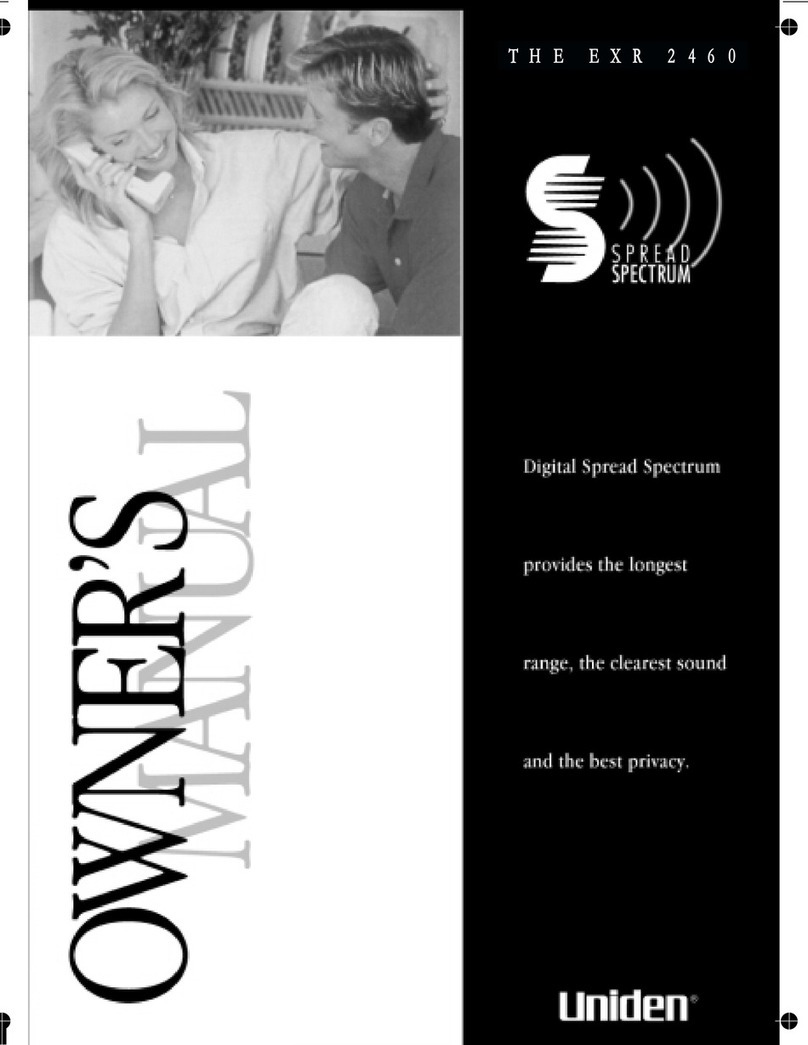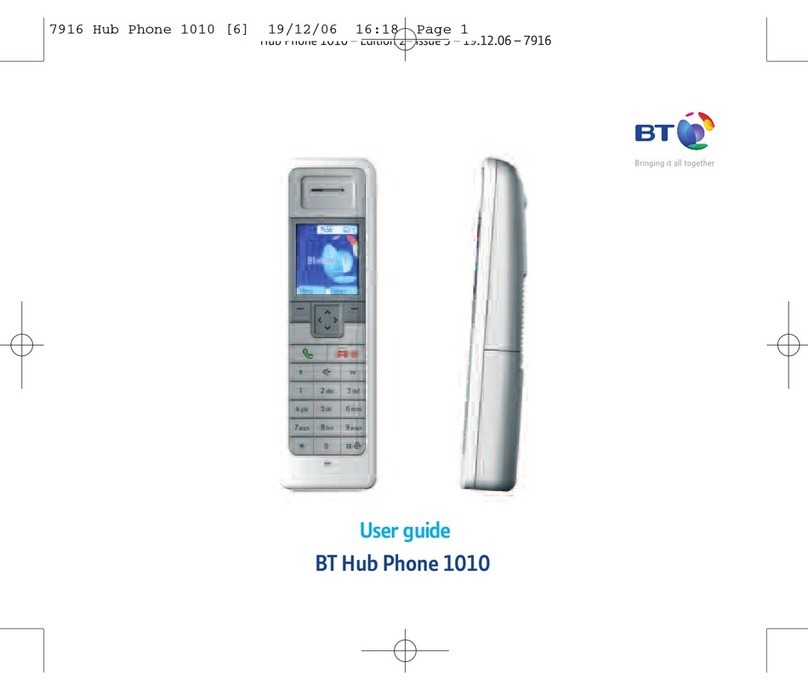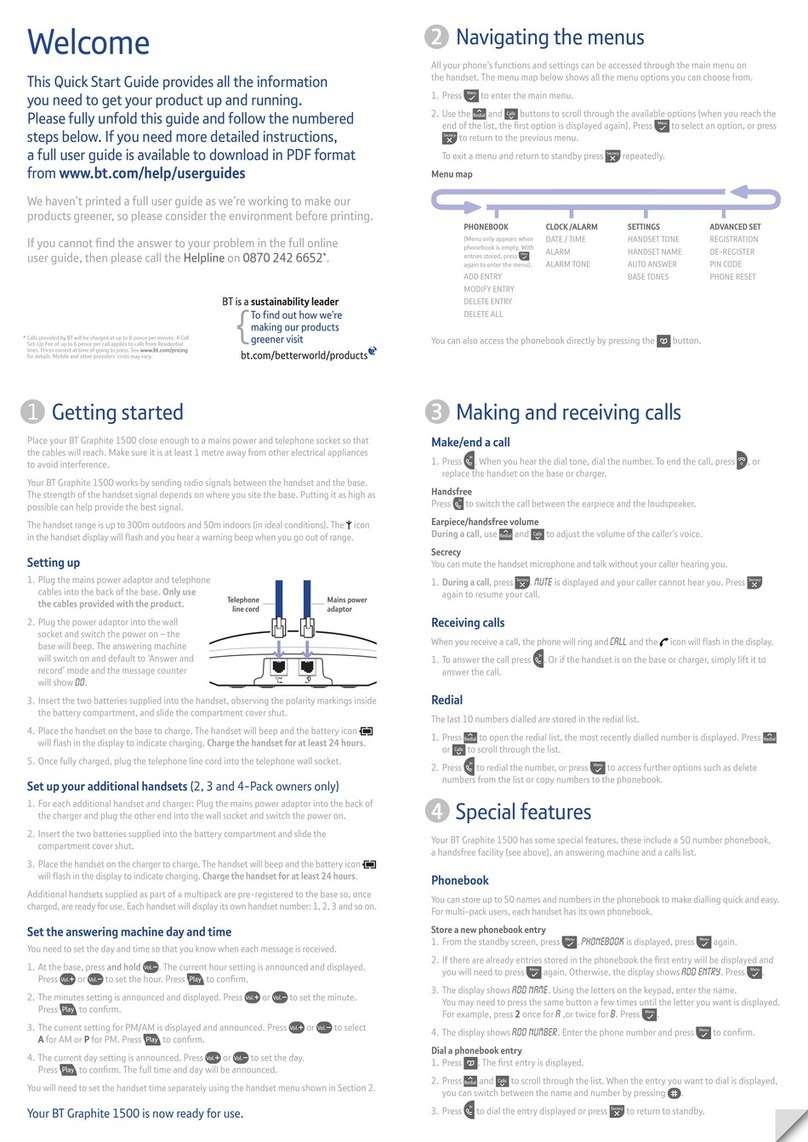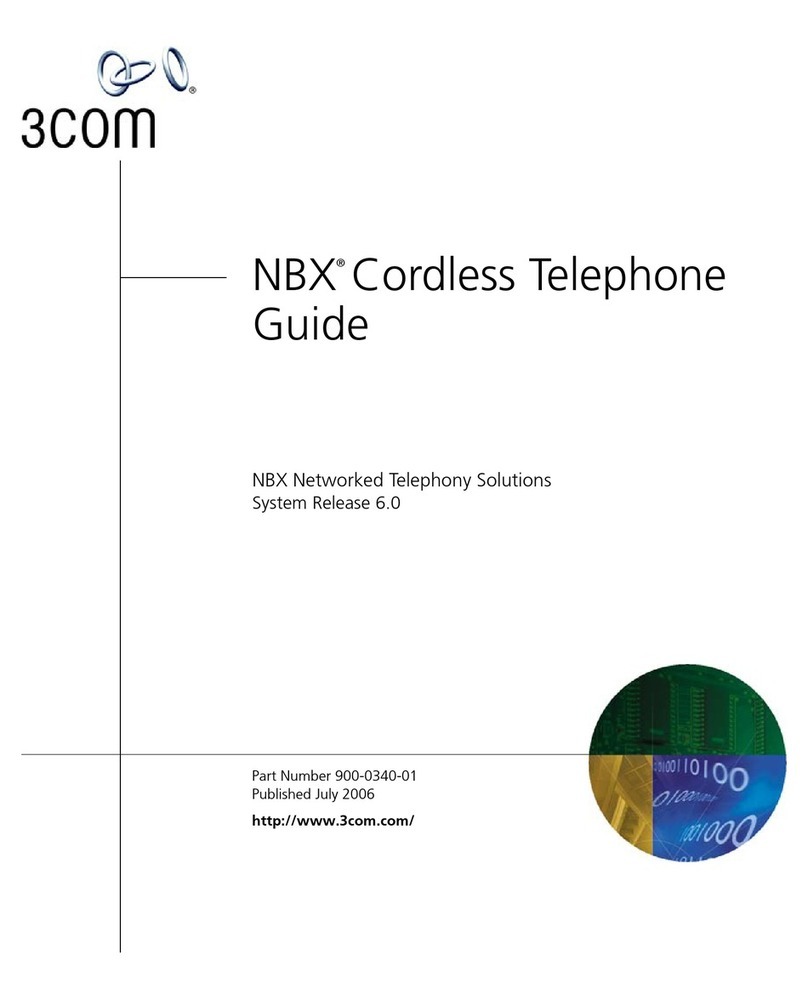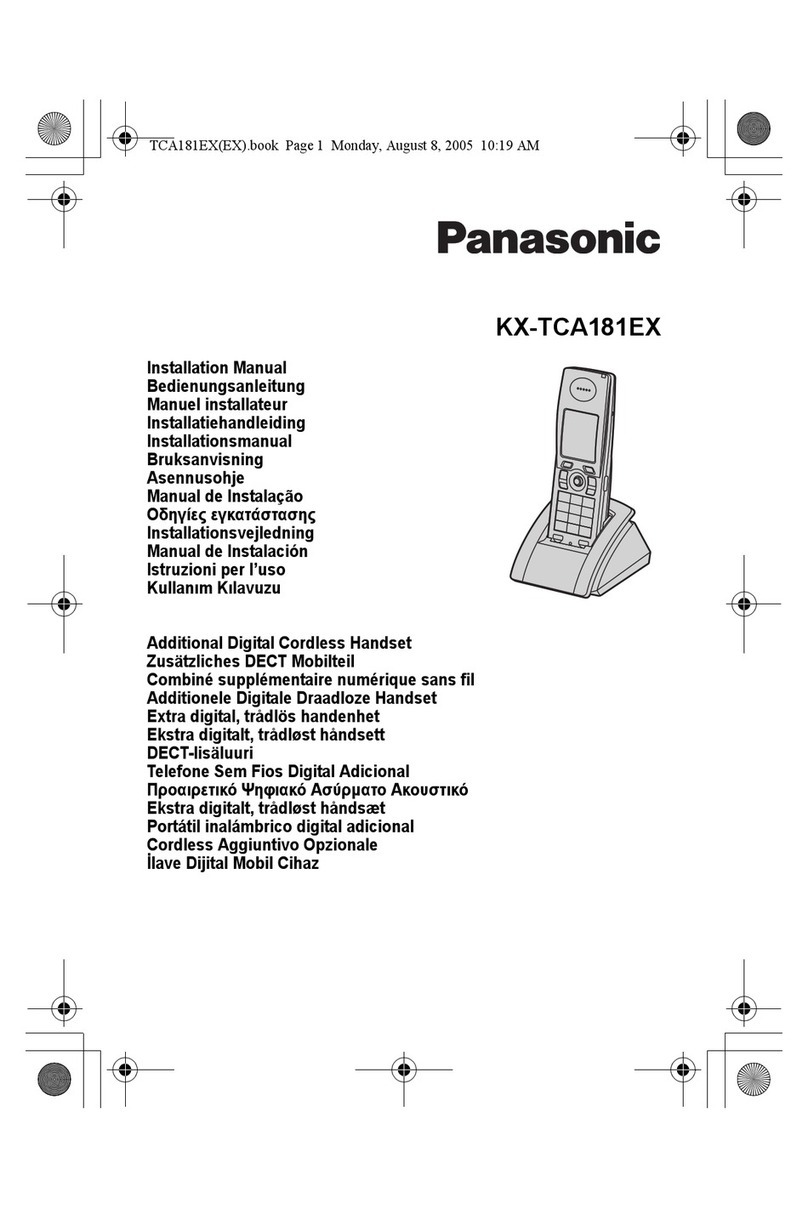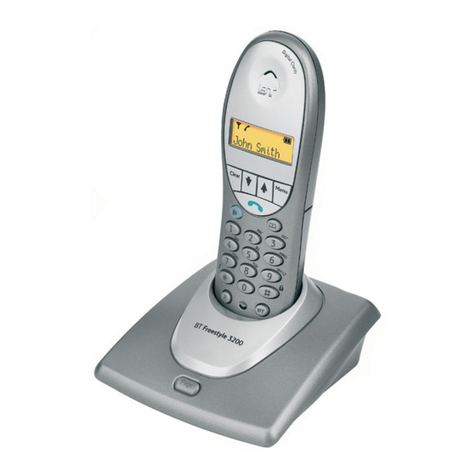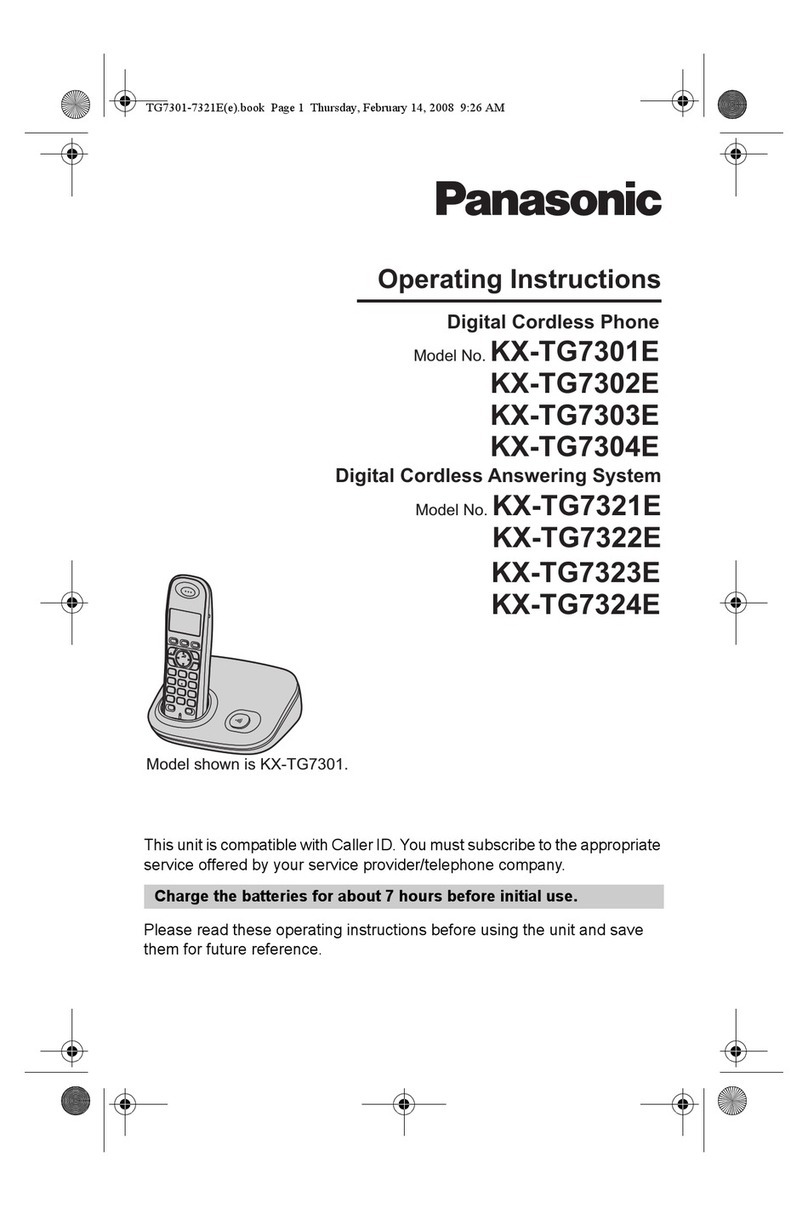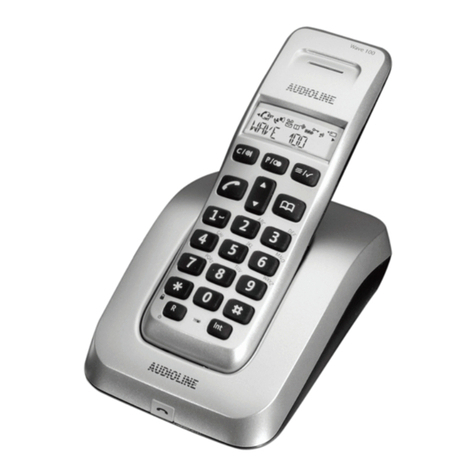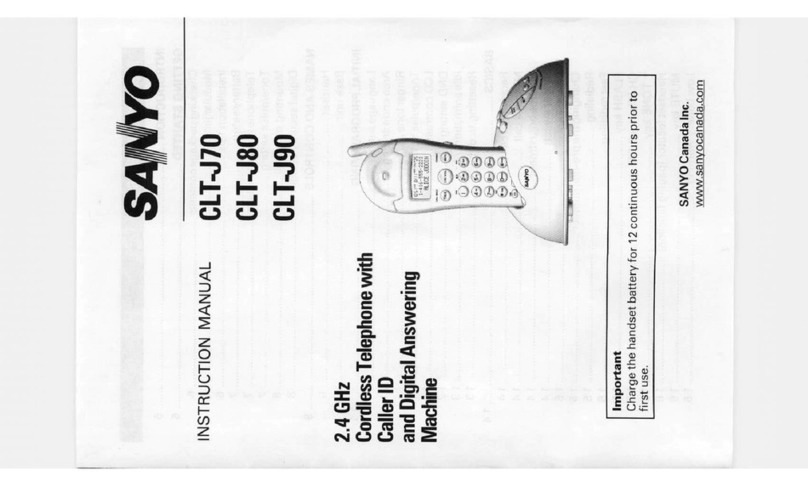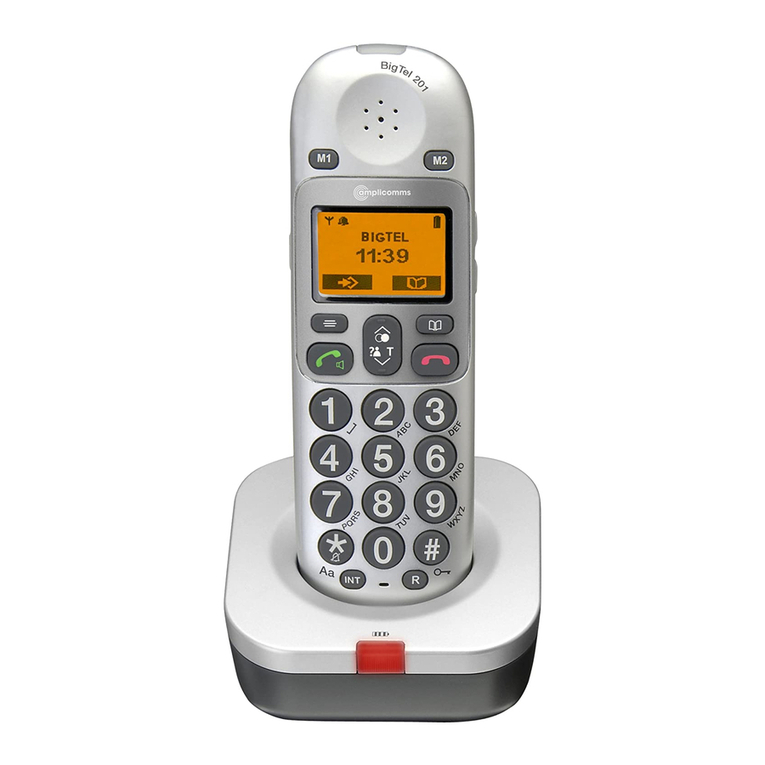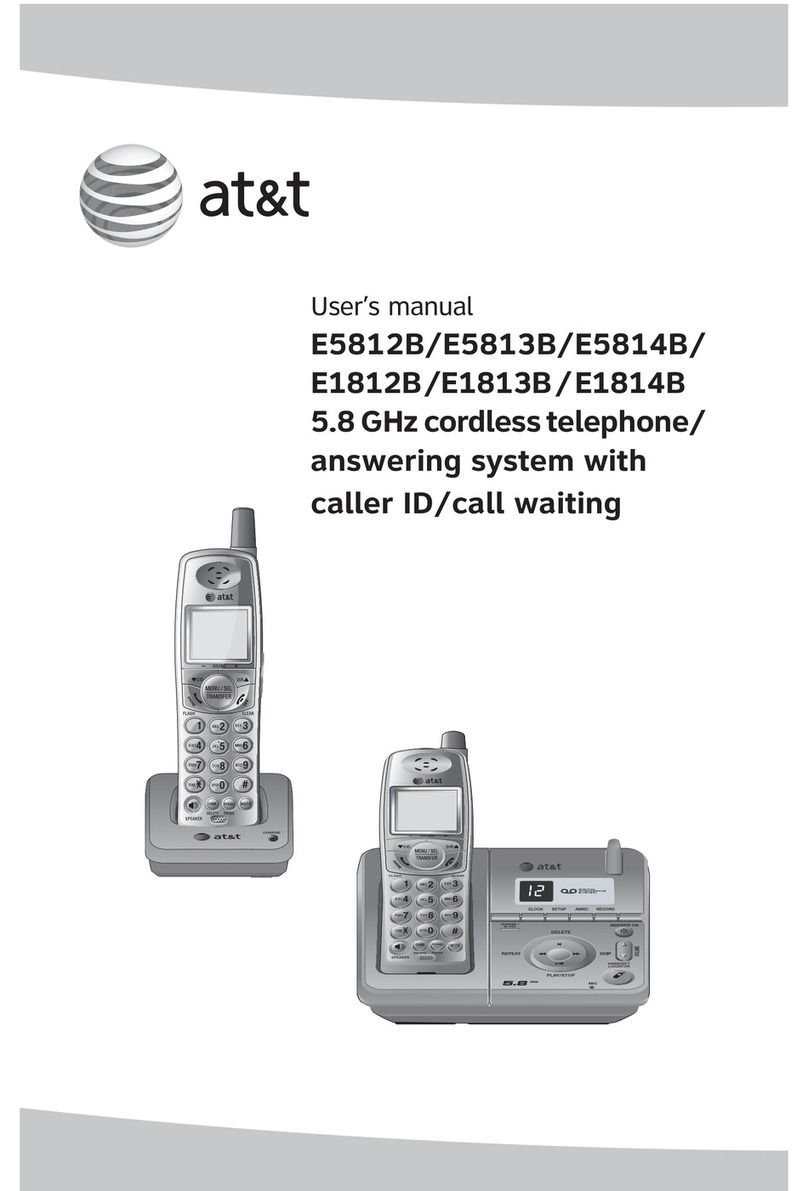
2
Your telephone has all the advantages of the latest technological advances which make it even
simpler and easier to use.
SAFETY INFORMATION
This equipment is not designed for making emergency telephone calls
when the power fails. Alternative arrangements should be made for
access to emergency services.
This product may be used legally only in a country where the appropriate authority has given its
specific authorisation. This authorisation appears on a label under the base station.
The marking on the product certifies its conformity to the technical regulations for user
safety and electromagnetic disturbance which were applicable on the date of approval in
accordance with European Union directive No. N°73/23/EEC, 89/336/EEC, 91/263/EEC and
93/68/EEC.
POWER REQUIREMENTS
This product requires an electrical supply of 220-240 volts, alternating monophased current,
excluding IT installations defined in standard EN 60-950.
WARNING!
The electrical network is classified as dangerous according to criteria in the standard EN60-950.
The only way to power down this product is by unplugging the power cable from the electrical
outlet. Ensure the electrical outlet is located close to the apparatus and is always easily accessible.
To be able to make calls in the event of a power cut, it is recommended that this telephone be
used as a complement to another telephone which does not require mains power.
TELEPHONE CONNECTION:
The voltage on the network is classified as TNV-3 (Telecommunication Network Voltages, as
defined in the standard EN 60-950).
SAFETY PRECAUTIONS:
Do not allow the handset to come into contact with water.
Do not open the handset or the base station. This could expose you to high voltages. Contact
our after-sales service for all repairs.
Do not allow the charging contacts or the battery to come into contact with conductive
materials such as keys, paper clips, rings, bracelets, etc.
Make sure you insert the batteries with their polarities in the correct position.
ENVIRONMENTAL CARE
Your telephone has been manufactured at a site certified ISO 14001 - the international standard
for environmental management systems.
Your telephone has also benefited from the Philips EcoDesign program - Environmental
Conscious Product Design - which considers the environmental impact of a product during its
entire life cycle.
ang6120.qxd 31/05/99 15:36 Page 2


